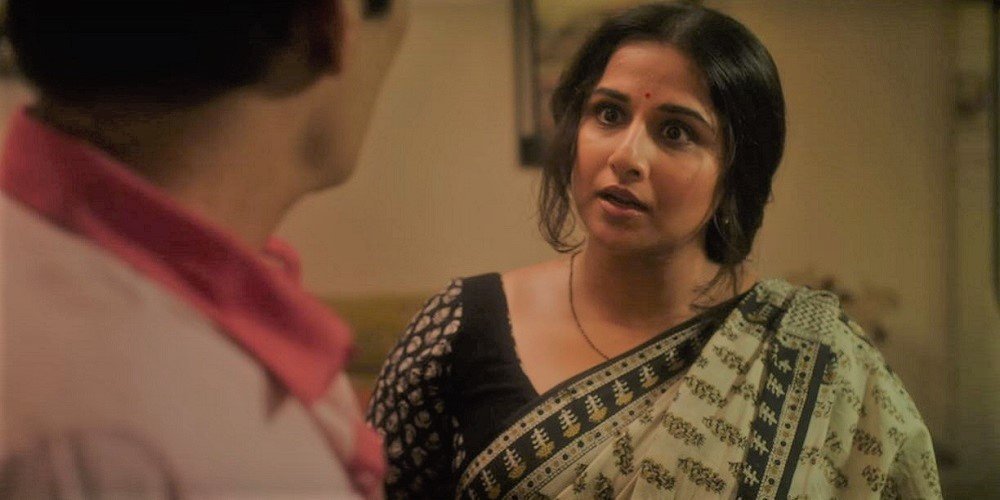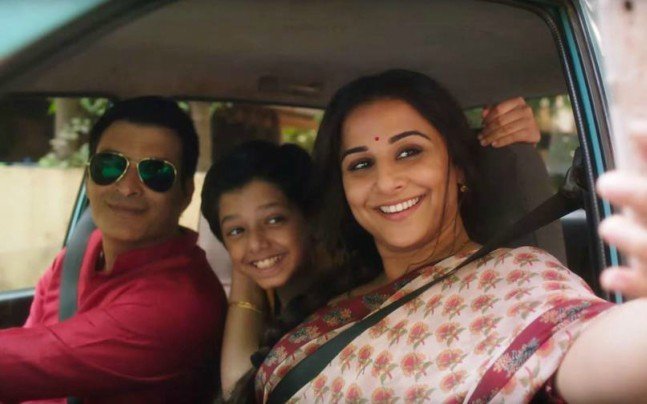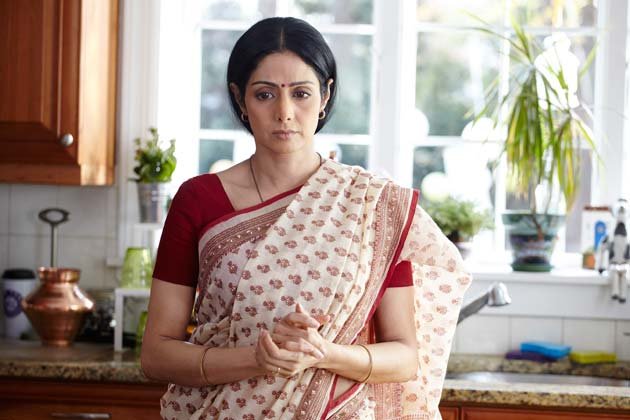“She’s such an aunty, yaar!” A common enough phrase in our daily conversations. ‘Aunty’ is used in a derogatory sense here, to mean that a young woman is acting like an older, married, and traditional Indian woman. But how did the word come to have such unsavoury connotations? Aunty, a word exclusively used in the Indian context, is a way to address an older woman – like Ma’am or Missus.

Unfortunately, somewhere along the way, aunty also started to mean a woman who is past her prime, married with children, overweight, and, hence, generally unattractive and undesirable. And this presumption is there everywhere – in the way we talk, our television commercials, in our fashion industry, but most of all – it’s highly prevalent in our films. Bollywood has gone the extra mile and has just plain ignored the middle-aged woman. Sure, they’re present in the background as the irritating supportive cast, who is more often than not, mocked, and that you forget almost immediately – but they’re never really shown as characters, as people.

Vidya Balan’s latest, Tumhari Sulu, is a refreshingly heartwarming film for many reasons, but mainly because it takes the forgotten character of a middle-aged woman, who is a homemaker and shows us exactly how much potential she has. The film checks all the right boxes – it’s feminist, it’s different, it’s real, and it’s oh-so-relatable. The character of Sulu is not glamourised in any way – she is who she is – a middle-aged homemaker, with a child, living in Mumbai. She loves going out with her family, loves films and TV shows, has dreams of achieving something by herself in her life – and she is absolutely unapologetic about it. She is a magnetic character, who makes you fall in love with her by making you look past her saree-clad, plump figure, who is always seen either in the kitchen cooking or talking about her family. And it really makes you wonder, what is there in that character to look down upon? Just because she doesn’t fit the ‘sexy’ trope, or because she doesn’t wear cool clothes or make-up, or because she doesn’t have first world problems, does not mean she is not a fun, meaningful, and relatable character.
The same can be said about Sridevi’s Shashi in English Vinglish. It is undeniable that when the Indian audience saw that film, we all related to it – irrespective of class or gender, because we all know a Shashi, or in some cases, are a Shashi. Not being fluent in English, not being adept at working in the modern, ‘American’ world made her worthy of mockery or ignorance. You see, that’s the sad paradox of the auntyjis and the bhabhijis – we all know at least one, we love them, but we still look down upon them in some way or the other, subconsciously or not.

Bollywood can help change that perspective. It can give us more than two films in a decade about a middle-aged, married woman, who doesn’t get a makeover to look younger – but is simply who she is. Because what Bollywood doesn’t realise is that a large section of its most ardent followers are the bhabhijis and the madams – who are constantly told, by the films and television serials they love, that they are not enough, that their stories are not worth telling, that they don’t have a story because they’re an aunty. Clearly, these films are popular and do well, because they have such relatable characters as their focus – so why not make more of them? Yes, India is a young country and you must pander to them as well, but maybe Bollywood should stop to look at what exactly even their young audience relates to – not just love and romance, but their own families – their mothers and aunts, who are role models to them, but are never really seen.

















